1. Friendster
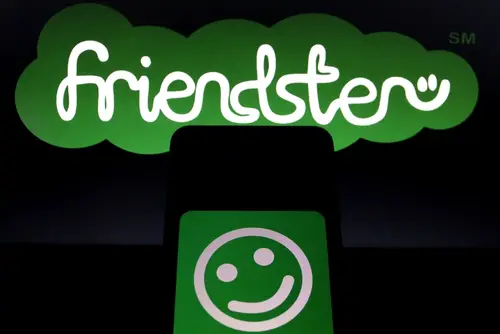
Before Facebook, before MySpace, there was Friendster. Launched in 2002, it was one of the first major social networks to gain global traction. It let users share photos, post updates, and connect in ways that felt groundbreaking. But technical issues and slow load times sent users fleeing to MySpace.
By the time Facebook launched, Friendster was already fading. It pivoted into a gaming site, then shut down completely in 2011. Today, it’s more trivia than memory—but it helped define what “social media” could be. Without Friendster, the internet might look very different.
2. Crystal Pepsi
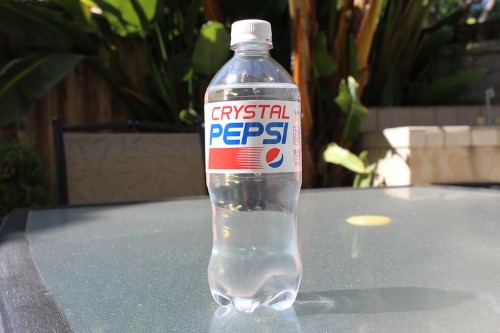
Back in the early ’90s, Pepsi thought the future was crystal clear—literally. Crystal Pepsi hit shelves in 1992, marketed as a caffeine-free, “pure” version of the classic cola. It looked like 7UP but tasted like regular Pepsi, confusing just about everyone who tried it. Despite a massive ad campaign, it fizzled out by 1994, proving clarity doesn’t always equal success.
What’s wild is how much nostalgia it still inspires. Pepsi has re-released it a few times as a limited-edition throwback, and every time, fans rush to grab a bottle. The novelty of a clear cola still captures that early ’90s optimism. It’s the soda version of a time capsule.
3. Segway

When the Segway debuted in 2001, it was hyped as the future of personal transportation. Inventor Dean Kamen envisioned a world where cities would be redesigned around it. But at around $5,000 a pop, it never caught on beyond mall cops and tour guides. The concept was just too weird and expensive for daily life.
Despite never becoming mainstream, the Segway did inspire real innovation. Its gyroscopic balancing tech paved the way for hoverboards and electric scooters. By the time production ended in 2020, it had become more pop-culture punchline than revolution. Still, it was a bold step toward the mobility devices we use today.
4. PalmPilot
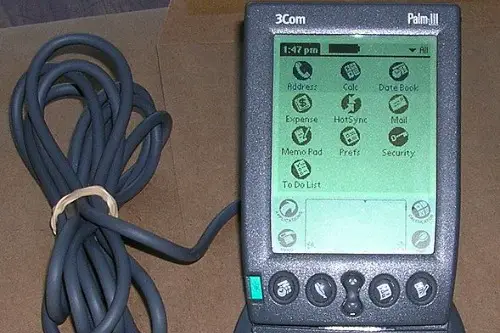
Before iPhones and Androids, there was the PalmPilot—launched in 1996 as a handheld digital organizer. It let you take notes, manage contacts, and sync with your computer, all on a black-and-white screen. For business professionals, it felt like carrying the future in your pocket. It even introduced a stylus-driven writing system called Graffiti.
But as smartphones evolved, the PalmPilot quickly lost its edge. Palm tried to keep up with models like the Treo, but Apple and Android crushed the market. By the early 2010s, the brand was gone completely. Still, it deserves credit for planting the seed of the modern smartphone.
5. Blockbuster Video
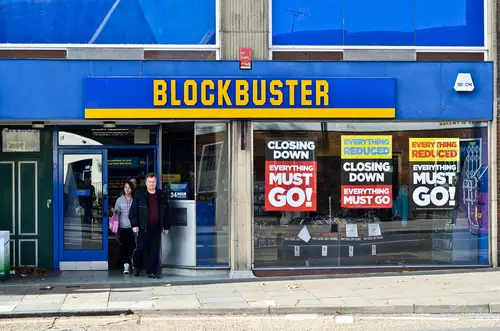
Remember Friday nights wandering the aisles of Blockbuster with a box of microwave popcorn in your hand? For years, it was the way Americans watched movies at home. Founded in 1985, Blockbuster grew to over 9,000 stores at its peak. Then Netflix and streaming came along, and it all collapsed.
By 2014, only one store remained open in Bend, Oregon—a quirky tourist attraction today. Blockbuster’s fall is now a business school case study in ignoring digital change. But for a whole generation, it’s pure nostalgia. That smell of plastic VHS cases and stale popcorn? Unforgettable.
6. Yahoo Messenger
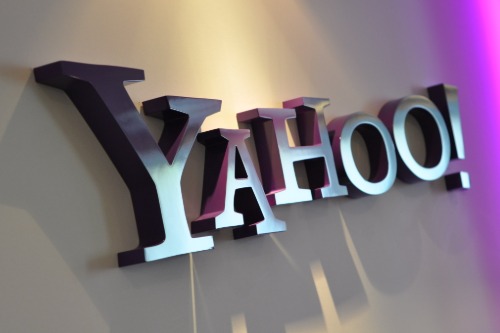
In the early 2000s, Yahoo Messenger was the social glue of the internet. It had everything: custom avatars, chatrooms, and the ability to “buzz” your friends when they ignored you. It competed fiercely with AIM and MSN Messenger during the dawn of online communication. Everyone had that one friend who always seemed to be “away.”
As social media platforms grew, Yahoo Messenger faded into the background. It officially shut down in 2018 after a 20-year run. For many, its closure felt like the end of the casual, quirky web. It’s hard to believe a whole generation once depended on those purple chat bubbles.
7. Google Glass
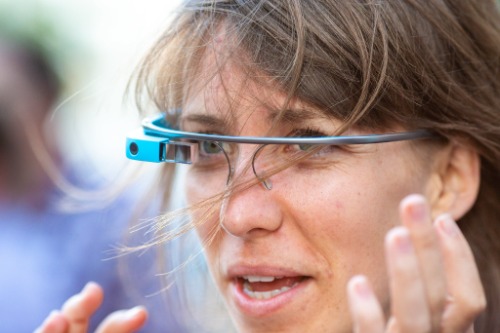
When Google unveiled Glass in 2013, it promised to revolutionize how we see the world. The futuristic smart glasses displayed information in your field of vision and responded to voice commands. Tech enthusiasts were thrilled—but most people just thought it looked creepy. Privacy concerns and a $1,500 price tag didn’t help.
By 2015, Google pulled the plug for consumers. The concept lived on in enterprise and medical applications, but the mainstream dream was over. It’s now remembered as one of tech’s most fascinating flops. Still, it walked so AR headsets could run.
8. McDonald’s Arch Deluxe
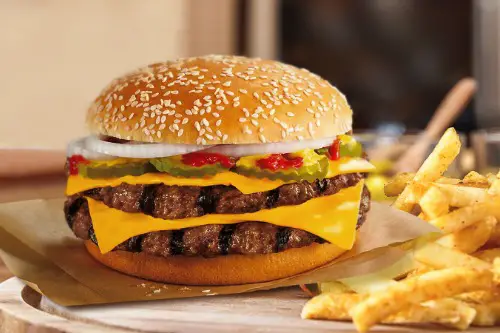
McDonald’s tried to go “gourmet” in the mid-’90s with the Arch Deluxe, a burger marketed to adults. It had a fancy sesame-seed bun and a tangy “grown-up” sauce. The company spent an estimated $100 million on ads to prove fast food could be sophisticated. Spoiler: it didn’t work.
Families didn’t want “adult” burgers at McDonald’s—they wanted Happy Meals and fries. Sales were so poor that it quietly vanished by 2000. Yet it remains a cult favorite among fast-food historians. The Arch Deluxe is a cautionary tale about knowing your audience.
9. LaserDisc
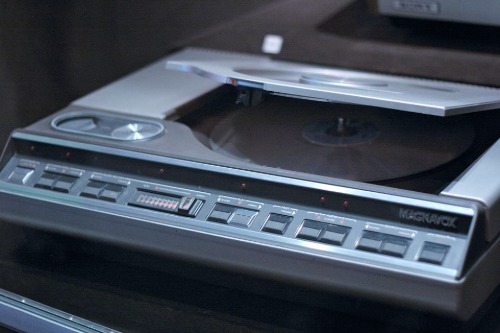
Before DVDs, there was LaserDisc—the massive, shiny discs that looked like records for movies. They offered superior picture and sound quality compared to VHS tapes when they debuted in the late ’70s. Cinephiles loved them, but the discs were expensive and bulky. The average household just couldn’t justify the upgrade.
When DVDs arrived in the late ’90s, LaserDiscs instantly became obsolete. Still, they laid the groundwork for modern optical media. Collectors today treasure them as retro artifacts of film history. It’s the ultimate “almost” technology story.
10. The Zune
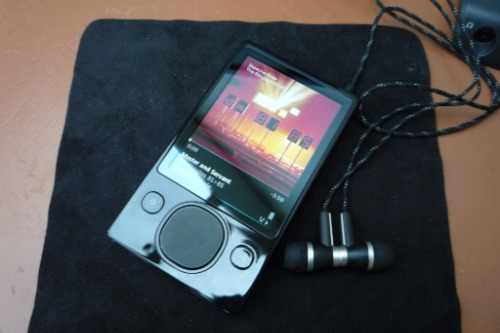
Microsoft’s answer to the iPod arrived in 2006—and never really stood a chance. The Zune looked decent and worked fine, but Apple had already captured hearts and playlists everywhere. Its brown color and clunky marketing didn’t help its image either. By 2011, Microsoft quietly pulled the plug.
Still, Zune has a weirdly loyal fan base. Some swear its sound quality was ahead of its time. It’s a reminder that even tech giants can misread the culture. The Zune failed commercially, but it’s fondly remembered by those who owned one.
11. Circuit City
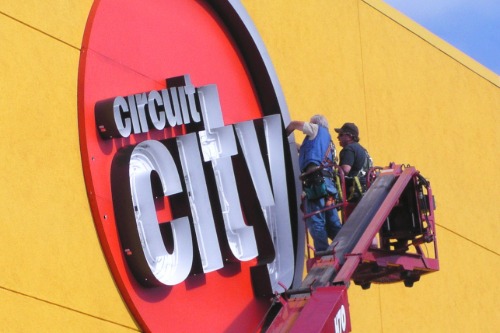
Once a giant of electronics retail, Circuit City was the go-to for TVs, stereos, and early computers. Founded in 1949, it was a pioneer of the “big-box” electronics format. But by the 2000s, competition from Best Buy and online retailers started eating its lunch. Layoffs and poor management didn’t help.
The company went bankrupt in 2008, leaving behind empty storefronts across America. A brief online revival in 2018 never took off. Circuit City’s story is basically the blueprint for what not to do in retail evolution. Still, many people remember their first big purchase there—a new TV or maybe a family computer.
12. AOL Instant Messenger (AIM)
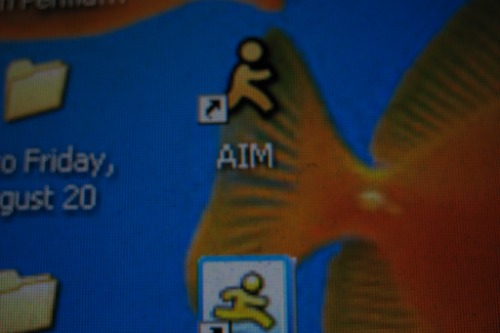
Before group chats and emojis, there was the glorious ping of AIM. Launched in 1997, it gave teens their first taste of digital social life—complete with away messages, buddy lists, and cringe-worthy screen names. It was an online revolution at a time when dial-up tones ruled the home. By the 2000s, AIM was basically America’s chatroom headquarters.
But when texting and social media took over, AIM’s charm faded fast. AOL officially shut it down in 2017, ending an era of late-night chats and virtual flirting. For many, it marked the death of early internet innocence. AIM wasn’t just software—it was a digital diary.
13. Kodak Digital Cameras
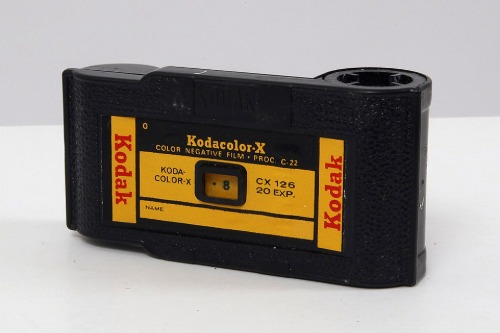
Kodak invented the digital camera in 1975 but couldn’t bring itself to fully embrace it. For decades, the company relied on its film business, even as digital photography took off. By the 2000s, Kodak tried to catch up with a line of consumer digital cameras. But smartphones soon made those obsolete, too.
Kodak filed for bankruptcy in 2012, a sad twist for a company that once owned photography. Ironically, its early innovation helped create the tech that destroyed it. Kodak still exists today, but its glory days are long gone. It’s a classic story of invention outpacing imagination.
14. MySpace
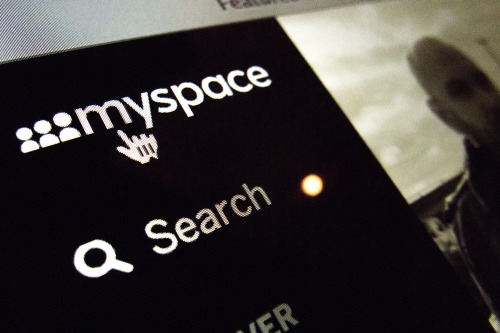
If you were a teenager in the mid-2000s, MySpace was your online home. You could customize your profile with glittery HTML and rank your friends in the infamous “Top 8.” At its peak, it was the biggest social network on Earth. Everyone from indie bands to high school cliques lived on it.
Then Facebook arrived with a cleaner design and fewer sparkly distractions. MySpace became a digital ghost town by 2010. It’s now mostly a music archive, a shell of its former self. But it taught a generation how to build a personal brand online—one GIF at a time.
15. Beanie Babies
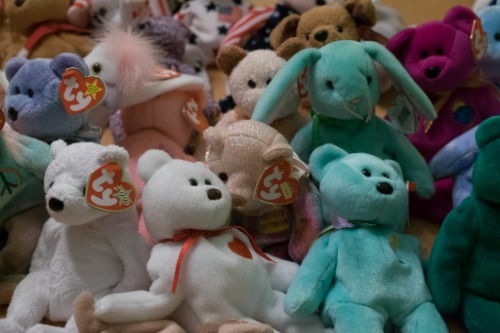
In the late ’90s, Beanie Babies weren’t just toys—they were investments. Collectors lined up outside stores, convinced they’d retire rich thanks to a plush bear named “Princess.” Ty Inc. created artificial scarcity by “retiring” designs, which only fueled the frenzy. For a brief, glorious moment, the hype was real.
But like all bubbles, it popped. By 2000, the market was flooded, and the resale value plummeted. Today, most Beanie Babies are worth less than their original price tags. Still, they’re a soft, cuddly reminder of America’s most adorable economic craze.
This post 15 Forgotten Products That Americans Once Worshiped was first published on American Charm.


